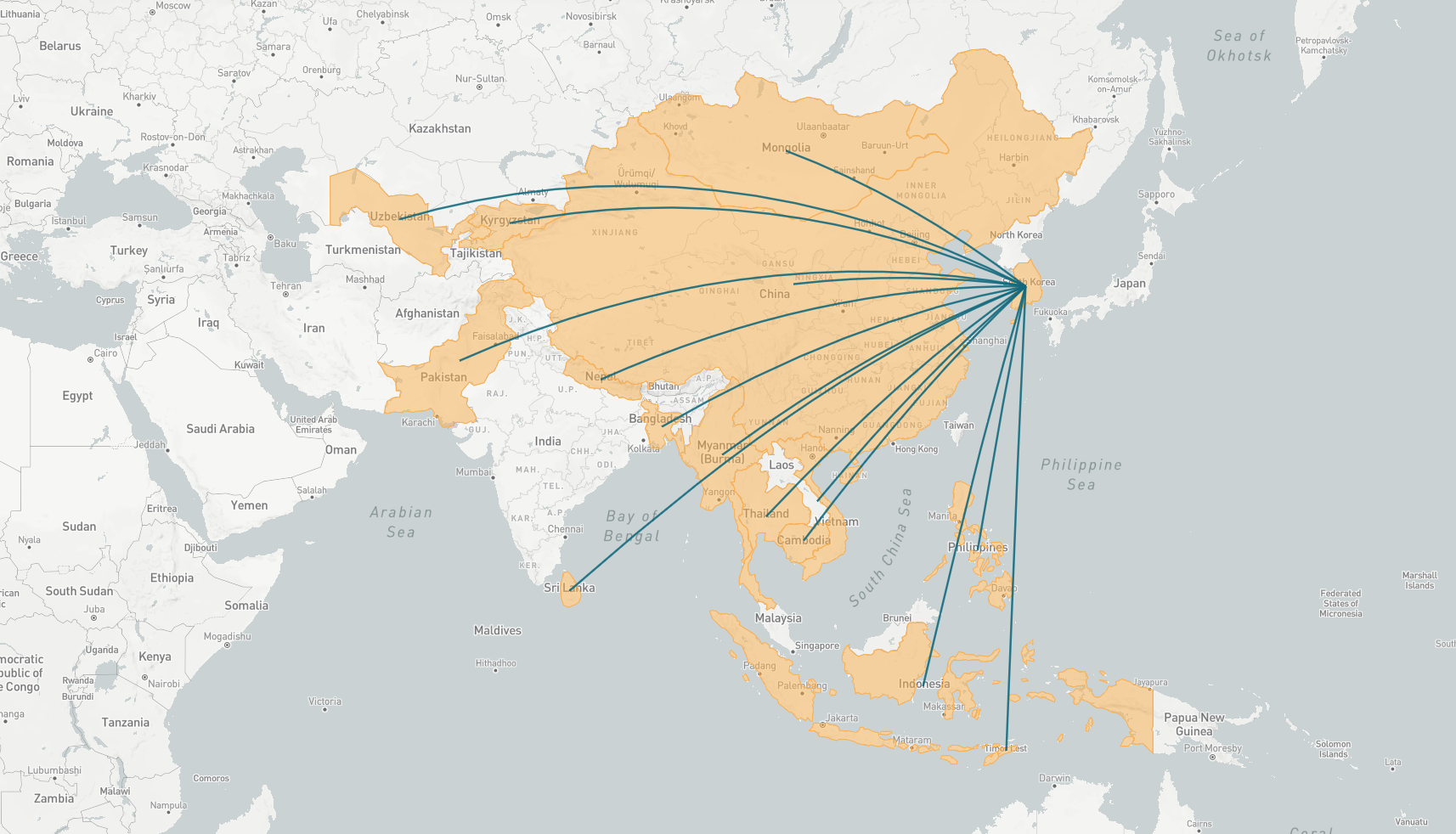- Country of destination: Republic of Korea
- Country of origin: Bangladesh, Cambodia, China, Indonesia, The Kyrgyz Republic, Laos, Mongolia, Myanmar, Nepal, Pakistan, The Philippines, Sri Lanka, Thailand, Timor-Leste, Vietnam, and Uzbekistan
- Sectors: Agriculture, Horticulture, and Food Processing, Construction, Engineering, and Manufacturing
- Skill level: Low
- Timeline: August 1, 2004 - ongoing
- Number of beneficiaries: About 56,000 people per year
Overview
The Employment Permit System (EPS) is an innovative temporary labor migration scheme for low-skilled workers from 16 countries with which Korea has signed a Memorandum of Understanding (MOU). The program is novel in that the Korean government coordinates all recruitment, training, and oversight itself, with the goal of eliminating corrupt private recruitment practices.
Why was it started?
An aging population, growing prosperity, and increased educational attainment in Korea have meant that local workers are increasingly unwilling to meet the demand for dirty, dangerous, and degrading jobs, even with high levels of unemployment. An initial program, called the Industrial Trainee Scheme, granted non-work status to migrants willing to serve as trainees. The program incentivized beneficiaries to work illegally, however. By 2002, irregular workers accounted for at least 80 percent of the foreign workforce in Korea.
Given the shortcomings of the program, in 2004 the Korean Ministry of Labor (now the Ministry of Employment and Labor) established the EPS. Korea created E-9 visas, which grant the legal status of “worker” to low-skilled migrants. By 2007, the EPS had completely replaced the Industrial Trainee Scheme.
How does it work?
The Korean government sees EPS primarily as a labor strategy rather than an immigration policy. Every year, the government initiates the recruitment process by issuing quotas for the number of workers that will be accepted from each country and each sector (manufacturing, construction, agriculture and stock-breeding, services, and fisheries). Only firms with fewer than 300 employees are eligible to participate. About 45 percent of EPS firms have fewer than four employees, and another 20 percent have five to nine workers.
In 2019, the program accepted 43,000 new workers and 13,000 returning workers. Participants receive pre-admission training, conducted by employer associations representing the various sectors. Post-admission training covers language, culture, immigration and labor laws, and industrial safety and skills.
The EPS allows foreigners to work in Korea for 3 years, but workers’ contracts may be renewed, allowing them to stay for up to 4 years and 10 months. Afterward, they must return permanently to their home countries, unless the employer makes a special request for the worker.
In 2009, the Korean government added a reintegration and co-development component to the EPS. To facilitate reintegration, the Happy Return Program facilitates the long-term employment or business start-up plans of EPS workers upon their return to their country of origin. To spur co-development, Korea’s Human Resources Development (HRD) partners with 34 Korean vocational institutes to provide non-work-related courses to EPS workers on Sundays. To incentivize migrant workers to invest in skills development and contribute to firms’ performance, the system allows experienced EPS workers to change their visa status from a low-skilled (E-9 visa) to semi-skilled (E-7 visa) upon passing a skills test.
What impact has it had?
The EPS introduced transparency to the employment process. Before the program, the average cost of hiring a foreign worker legally was US$3,509 (the costs were even higher for illegal workers). Under EPS, the cost fell to US$941 in 2014, according to the HRD.
- For more information, see the Korean Government Employment Permit System website.
- Cho, Y., A. Denisova, S. Yi, and U. Khadka. 2018. Lessons from Korea’s Employment Permit System. Washington, DC: World Bank.
- Kim, M. J. 2015. “The Republic of Korea’s Employment Permit System (EPS): Background and rapid assessment.” International Migration Paper 119, International Labor Office, Geneva.
- Park, Young-bum. 2017. South Korea carefully tests the waters on immigration, with a focus on temporary workers. Migration Information Source, Migration Policy Institute, Washington, DC.

